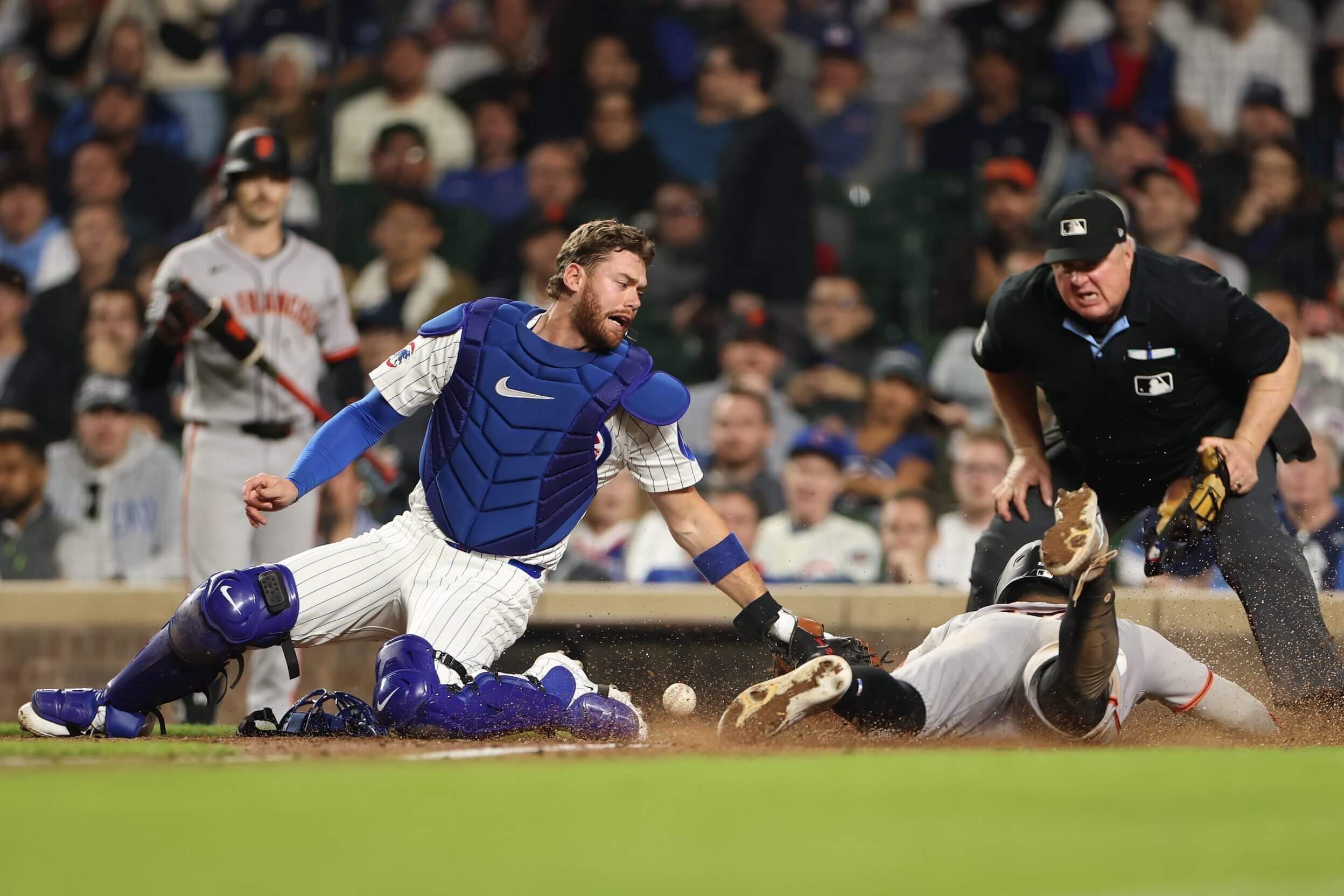
CHICAGO — Chicago Cubs fans streamed toward the exits while Ryan Pressly labored through the 11th inning on Tuesday night at Wrigley Field. Just minutes earlier, a crowd of 37,303 stood in the aisles, hoping to see more comeback magic and hear “Go Cubs Go” blasting from the sound system. Only a fraction remained when Cubs manager Craig Counsell took the ball from Pressly, and the boos were loud and clear.
Advertisement
Pressly entered a 5-5 game and faced eight hitters without recording an out against the San Francisco Giants. His final line in a 14-5 loss included nine runs allowed (eight earned), prompting more questions about what’s next for the presumed closer. The nine-run defeat, according to team historian Ed Hartig, is the Cubs’ largest extra-inning loss in franchise history.
“I thought I executed my pitches really well,” Pressly said. “I wasn’t really leaving anything over the middle part of the plate. I just didn’t get my job done.
“It sucks, but got to get ready to go tomorrow.”
Pressly, 36, had his right knee drained on April 22 to alleviate some discomfort, which briefly limited his availability. In recent weeks, the Cubs have used him sparingly, in part because they’ve been able to rack up several blowout wins and take advantage of multiple days off on the schedule. The two-time All-Star reliever did not use that inactivity as an excuse.
“Everything’s fine,” Pressly said. “Body felt great. Like I said, didn’t do my job tonight. Everybody else did.”
When the Cubs convinced Pressly to waive his no-trade clause in January and approve a move to Chicago, they offered him the opportunity to again be the closer, a job that was taken away from him last season when the Houston Astros added Josh Hader on a $95 million contract.
After a shaky start to this season, Pressly had allowed only one run in his previous 10 appearances, a stat that Counsell quickly referenced when asked if there were any deeper issues with the pitcher’s performance: “The swing-and-miss, we’re struggling with, and that’s finishing the hitter. But he’s been making pitches, for sure. Just not tonight.”
Pressly has struck out only five of the 62 batters he’s faced this season, which is concerning even for a reliever who has a successful track record of inducing groundballs at a high rate, mixing in multiple pitches and getting results without elite velocity.
Advertisement
Counsell’s job involves constantly reorganizing the bullpen. Porter Hodge has more of the classic swing-and-miss stuff that a manager looks for in a late-inning reliever, and he already accumulated some closing experience last season. For now, though, Pressly needs to get back into the rhythm of the season — he has pitched three times in the past 16 days.
“I have to stay ready,” Pressly said. “I have to be off the mound all the time. I got to be proactive in staying sharp. I guess I need to get a little bit more work off the mound when stuff like that happens. But like I said, it’s all on me.”

Heliot Ramos slides into home safely for one of the two eleventh-inning runs he scored against the Cubs. (Michael Reaves / Getty Images)
No timeline for Shota Imanaga yet
Imanaga contacted Justin Steele after going on the injured list with a strained left hamstring, beginning a dialogue in case questions arise during his own recovery period. Steele strained his left hamstring on Opening Day last year (March 28), made one rehab start in the minors (May 1), and then rejoined Chicago’s rotation (May 6). Counsell, however, indicated that the Cubs are not using Steele’s 40-day window as a rough estimate for Imanaga’s eventual return.
“It’s just different,” Counsell said. “They are two different individuals, and the severity is different, so we just got to take it case-by-case and really let Shota (recover). The tough part for Shota is that he hasn’t experienced lower-body injuries, so I think that’s going to make us a little cautious.”
Imanaga’s absence is even more pronounced because Steele underwent season-ending surgery on his left elbow last month, taking two All-Stars from the top of the rotation. For someone unfamiliar with these types of injuries, Imanaga exited his last two starts with leg cramps and a significant hamstring injury. Imanaga, through an interpreter, said “there wasn’t any direct correlation” between those two issues, but he acknowledged it’s still worth monitoring.
Advertisement
“I try to prepare myself 100 percent for each start,” Imanaga said. “If you think about why the injury was caused, there’s probably so many different factors going on. For me, it’s just good to take time and reflect on what I need to work on, and what kind of adjustments I need to make.”
The last box Cade Horton has to check
The Cubs are waiting to decide on who will take Imanaga’s turn in the rotation. Chris Flexen is still stretched out enough to start Saturday against the New York Mets, and the Cubs could turn that into a bullpen game at Citi Field. The buzzier option would be Horton, the organization’s top pitching prospect, who has great potential and limited experience.
Horton, 23, is coming off a major shoulder injury last year. Between his one college season at Oklahoma, which catapulted him toward the top of the 2022 draft, and his time in Chicago’s farm system, he has only thrown 205 1/3 innings combined.
While the Cubs view innings totals as an overly simplistic way to track pitchers, there’s no denying that Horton has missed out on some developmental time that could have already sharpened his game and kept his pitches in the strike zone more consistently. That appears to be the last box that the Cubs want Horton to check at Triple-A Iowa, where he has a 1.24 ERA through six starts and a much wider margin for error.
“The biggest thing is always competitive pitches,” Cubs president of baseball operations Jed Hoyer said. “Throwing noncompetitive pitches in the big leagues puts you in bad counts pretty quickly, counts that you can probably pitch out of in Triple A easier than you can in the big leagues.
“It’s just the consistency of your pitches. Not throwing kind of one good, one bad, but making sure that you’re consistent, and, therefore, avoiding free pitches. The difference between a 1-2 count and a 2-2 count is a pretty big difference. That’s probably the biggest thing he’s been working on.”
If not Saturday, Horton is still expected to make his major-league debut at some point in May. The Cubs are running out of depth options, and Horton’s upside is too intriguing.
Advertisement
Matthew Boyd, Game 1 playoff starter?
Hoyer’s front office will be looking to acquire a front-line starter at the July 31 trade deadline. When healthy, Imanaga has demonstrated that he is a Cy Young contender. Considering the fall of the 2023 Cubs — FanGraphs gave them a 92.4 percent chance to qualify for the postseason that September — it’s way too early to make plans for October.
Nevertheless, it bodes well that Matthew Boyd is functioning as a high-end starter on a reasonable two-year, $29 million contract. The 34-year-old lefty landed that deal after an impressive playoff run with the Cleveland Guardians, a club he joined midseason following Tommy John surgery.
Fully healthy and armed with that October experience, Boyd has a 2.75 ERA through this rugged stretch of the schedule. Of his seven starts so far with the Cubs, six were against the Giants, Los Angeles Dodgers (twice), San Diego Padres (twice) and Arizona Diamondbacks, all playoff contenders.
“You can’t replace Shota,” Boyd said. “But it doesn’t change what we do on our start day. Our game is our game. We’re very talented, both with the pitching staff here and the guys in Triple A. That’s what good teams do. Someone else steps up, and you get the job done.
(Top photo of Ryan Pressly being removed in the 11th inning against the Giants: Michael Reaves / Getty Images)
This news was originally published on this post .




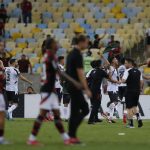

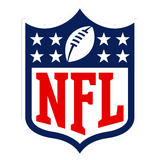
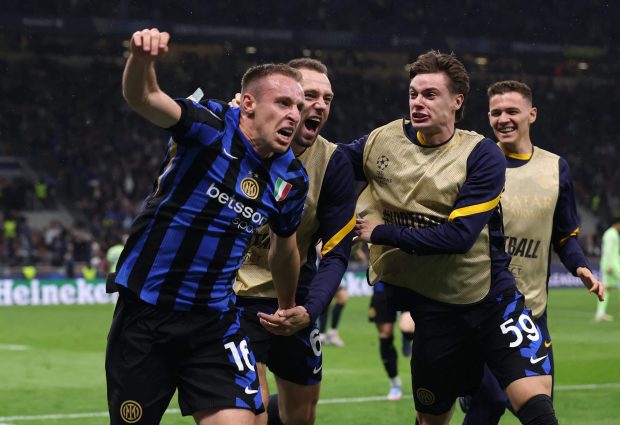
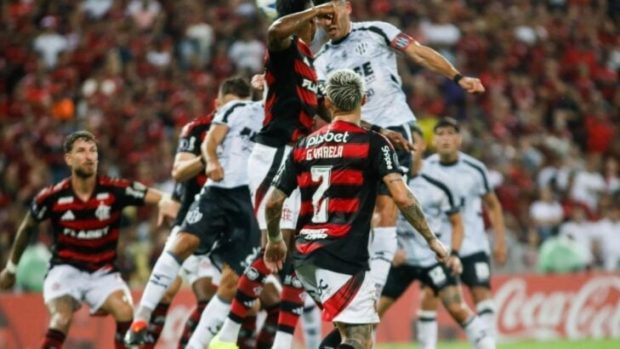
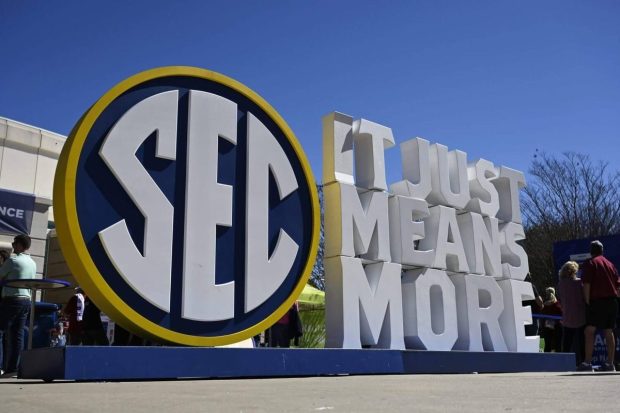
Be the first to leave a comment